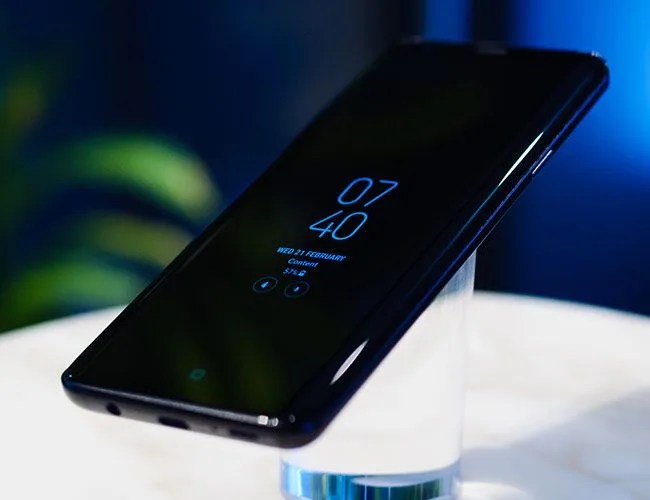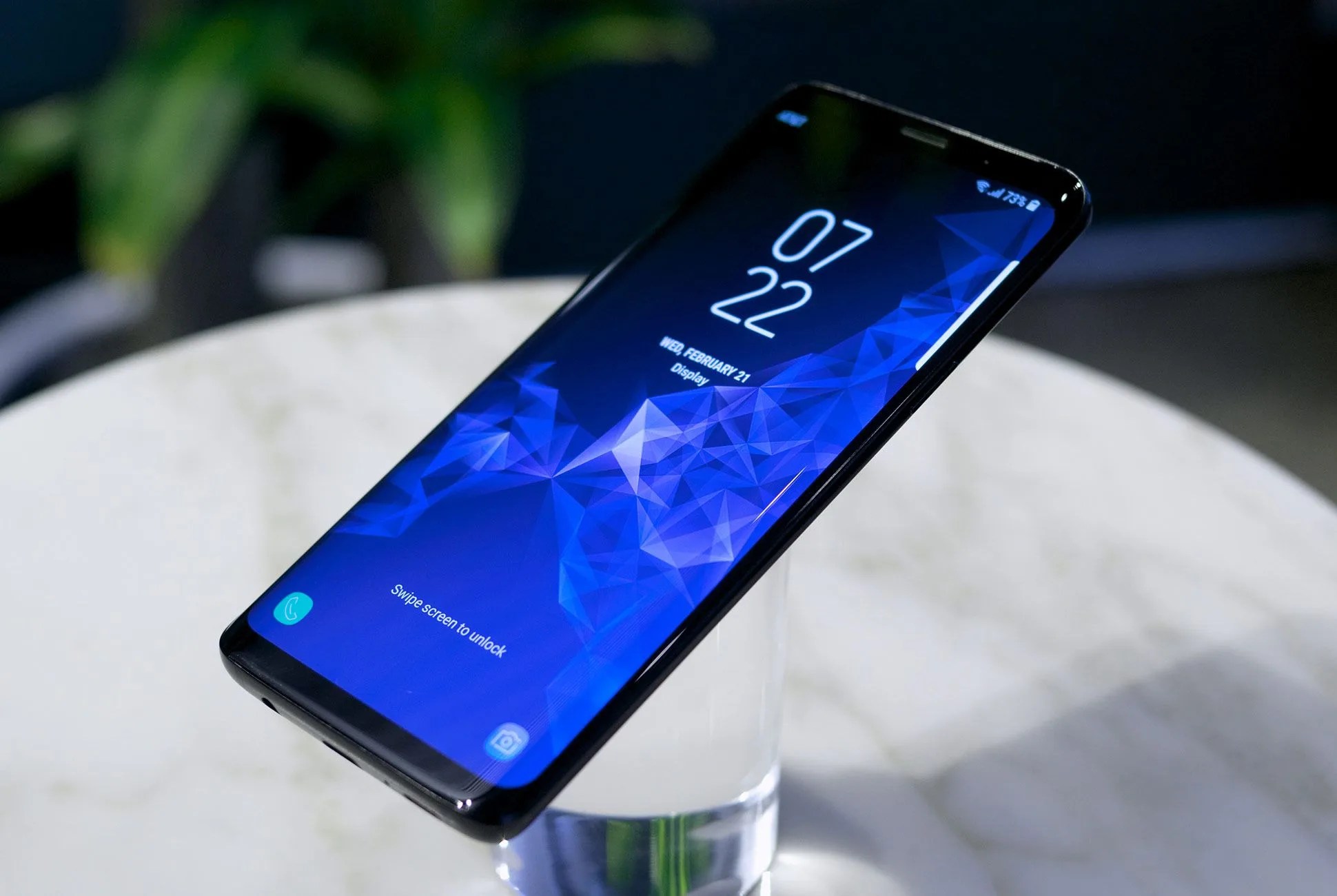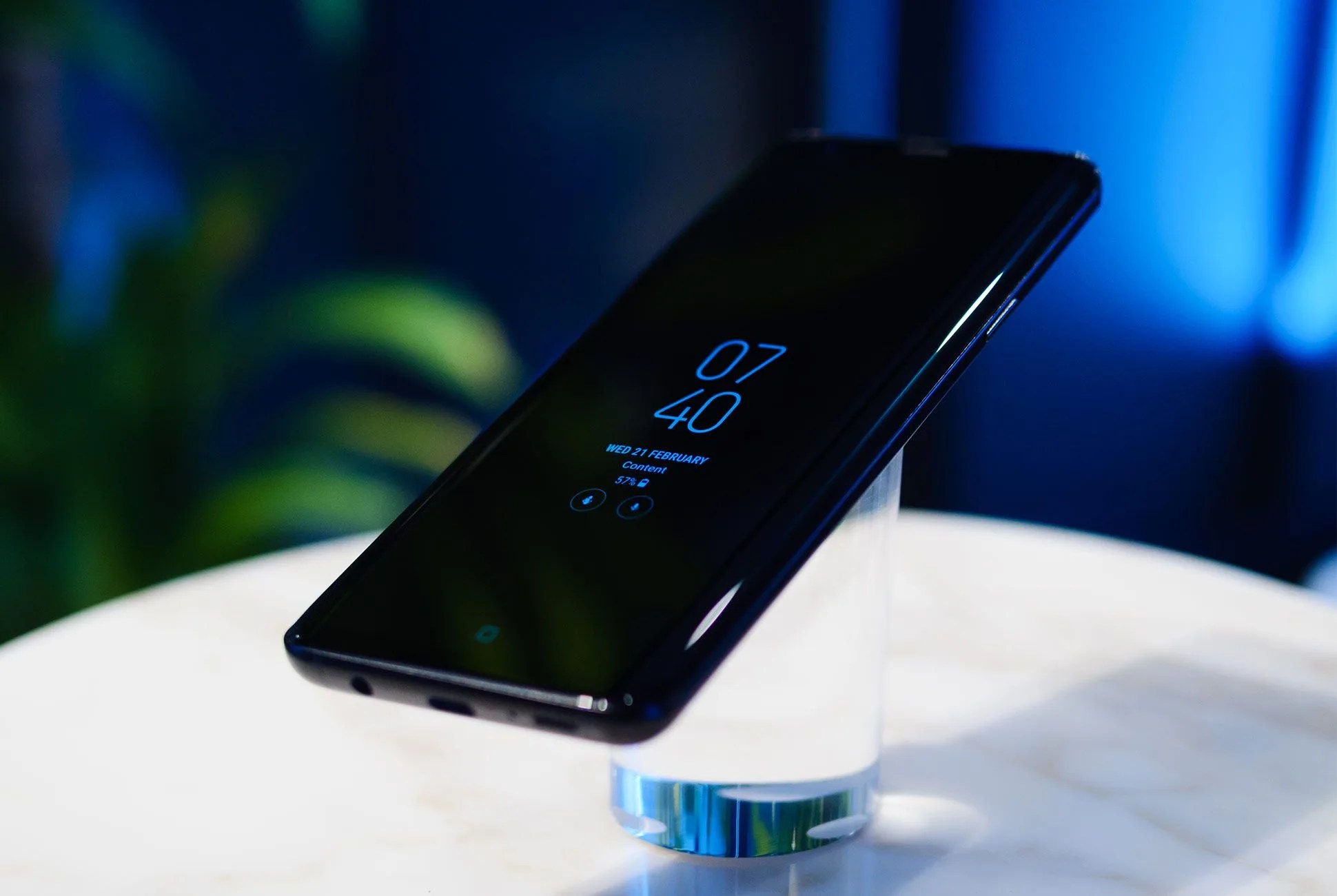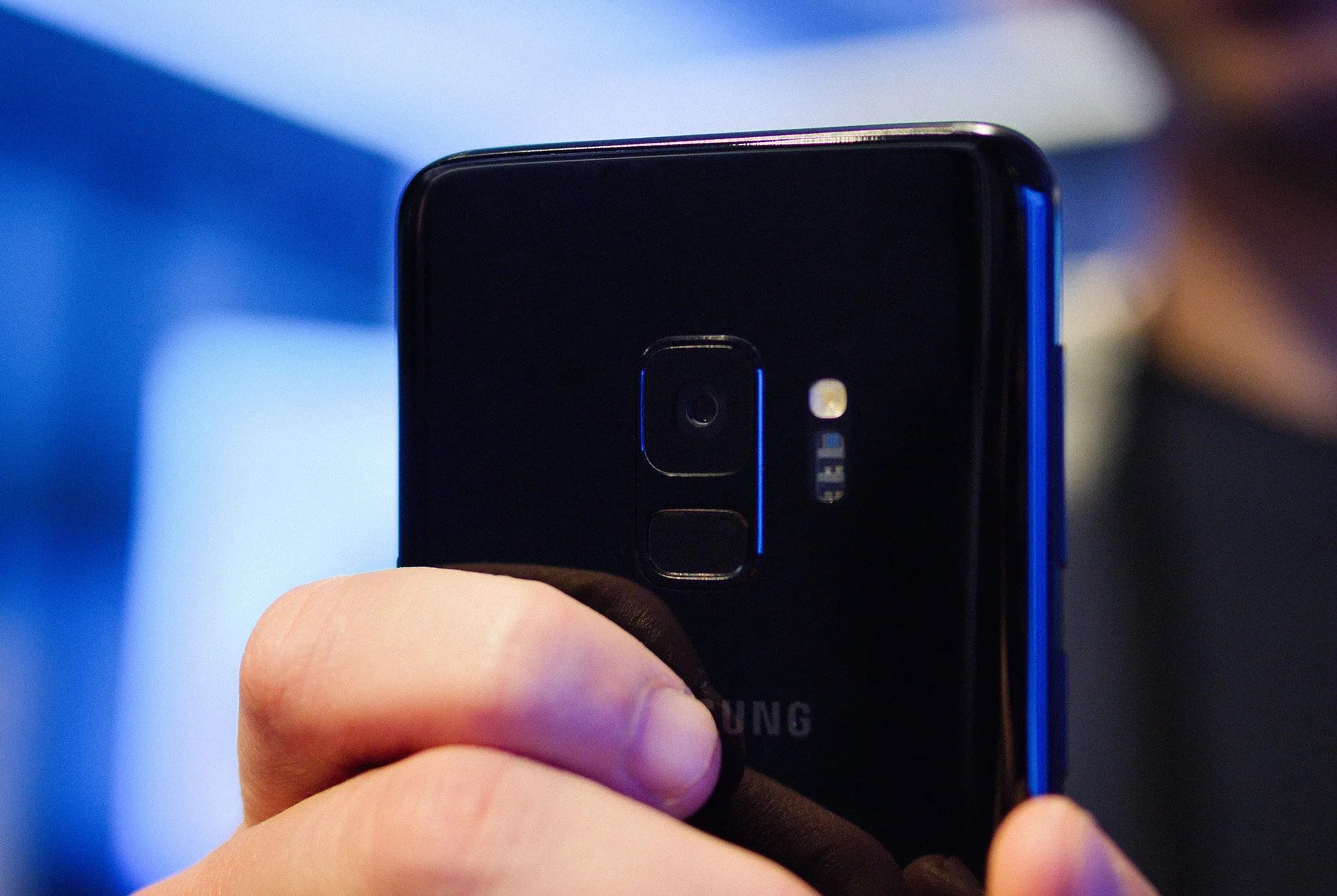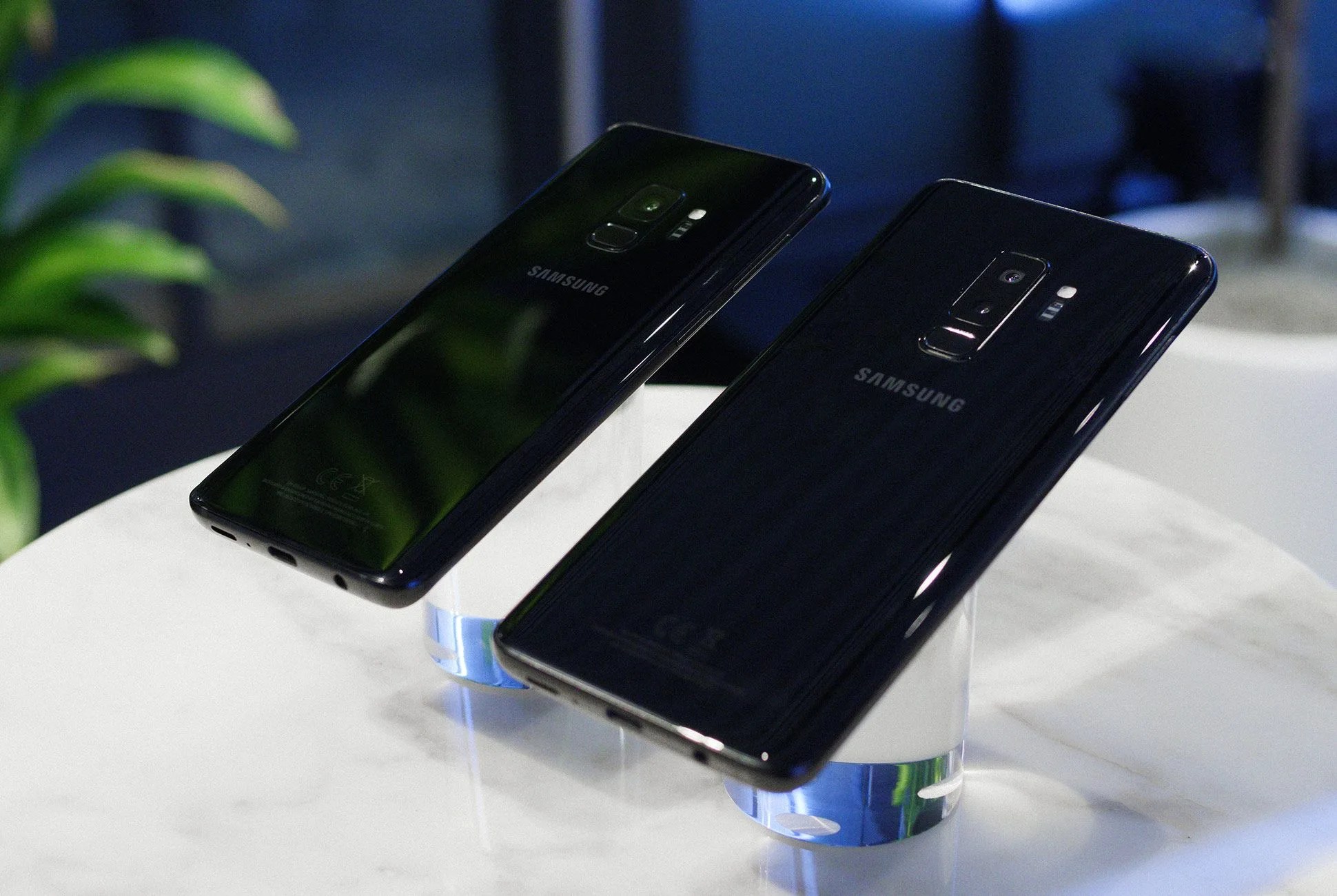4 photos
The Samsung Galaxy S9 and S9+ — the company’s latest flagship smartphones and successors to last year’s Galaxy S8 and S8+ — were announced today at Mobile World Congress in Barcelona, but we got an early briefing and hands-on with both new smartphones last week in New York York City. You may remember me writing last year that, regarding the Galaxy S8 and S8+, “this is what the future of smartphone design looks like” — the new Galaxy S9 and S9+ stay true to that. There isn’t a massive redesign here, as both smartphones look nearly identical to last year’s flagships. And while many will view the Samsung Galaxy S9 and S9+ as incremental upgrades (sort of like with the “S” iPhones), they boast some important improvements over the Galaxy S8 and S8+, and even the Galaxy Note 8. Most notable upgrade? The camera.
The New Camera
The big difference is the camera. In the past, the rear-facing cameras on the regular and Plus-sized Galaxy S smartphones have been the same. That changes this year, as the Galaxy S9+ is the first Galaxy S smartphone to have a dual-lens camera system that promises to have an even better camera than the best-in-class camera on the Galaxy Note 8. The Galaxy S9+ has a 12-megapixel wide-angle (F1.5/F2.4) and 12-megapixel telephoto (F2.4) lenses, while the Note 8 also had a dual 12-megapixel system with slightly less capable aperture. The Galaxy S9 has the same wide-angle lens as the S9+.
The Galaxy S9 and S9+ have a new and powerful “super speed dual pixel” camera sensor that Samsung says is four times faster than the one found in last year’s smartphones. This sensor also helps the camera take the best low-light photos — whether during day or night — of any previous Galaxy smartphones. The aperture detects how much light there is and automatically adjusts for it. It sounds like a little thing, but in my hands-on time with the phone, I was able to take pretty bright and clear photos in near-dark situations. And the Galaxy S9 performed much better than the Galaxy S8 I tested it against. Additionally, this superior camera sensor allows both smartphones to have a “Super Slow-mo” mode that can capture 960 frames per second. The cameras in each are intelligent enough to detect motion and capture those slow-mos around that action.
The new camera sensor enables both the Galaxy S9 and S9+ create AR Emojis, which looks sort of similar to an iPhone X’s Animoji. These AR Emojis are designed to look and sound like cartoons of you, and you can send them to your friends via most messaging apps or create GIFs of yourself. I’m going to reserve too much judgment until I test these AR Emojis further, but my initial impression was that they didn’t capture myself as accurately as my iPhone X’s Animojis. That said, it’s a feature I’m not sure how many people care about — I haven’t sent an Animoji from my iPhone X in months.
